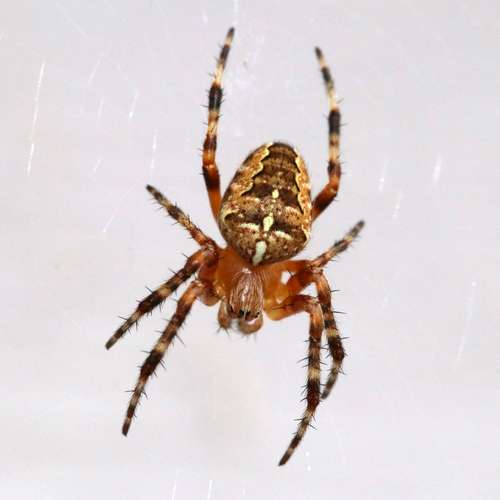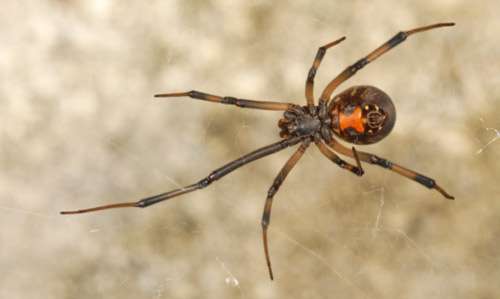
The funnel web spider genus includes spiders like this spider (Tegenaria agrestis). One of the few spiders in North America whose bites are typically regarded as having a substantial medical impact is the hobo spider. The hobo spider is occasionally referred to as the “aggressive house spider,” but this label is inaccurate. The spider doesn’t typically reside inside. Additionally, it is not hostile unless it is capturing prey or is pinned up against someone’s skin. Only in these circumstances might it bite. It’s crucial to keep in mind that spiders would rather flee than bite.
Morphological Characters
- It can be challenging to recognise a hobo spider just by looking at it. Many different species of spiders have long legs, a brown body, and an abdomen with grayish patterns and yellowish spots.
- Sizes of the female hobo spider range from 11 to 15 millimeters. Male Hobo Spiders are 8 to 11 millimeters long. In the same species, there is no dimorphism.
- The Hobo Spider’s coloring is rather muted, consisting of a blend of brown and rust earth tones. The top side of the abdomens of hobo spiders are covered in a herringbone pattern.
- The legs of this spider are rather smooth, in contrast to most hobo spiders, which have legs that look very hairy. Similar spiders are frequently much larger and have stripes on their legs. The legs of the hobo spider are a consistent light brown tint.
Habitat
Although the hobo spider loves mildly dry and warm conditions, it rarely inhabits homes in Europe, primarily due to competition from house spiders like the giant house spider (Tegenaria gigantea). The Hobo Spider can be seen most frequently in gardens, fields, hedges, and other similar environments.
In Europe, where nearly no envenomation have been reported and the harmless but similarly shaped Barn funnel weaver spider (T. domestica) is far more prevalent, the hobo spider is very infrequently encountered in homes. Sometimes hobo spiders weave their webs near or inside human habitations.

Diet
The little end of a funnel-shaped structure made of silk sheeting is where hobo spiders wait for their prey insects to fall onto their webs.
Reproduction
When the hobo spider is looking for a partner, it frequently enters houses. Around August, male Hobo spiders often stray while experiencing this yearning. Typically, when mating is complete, he is devoured. In her tangled web, the female Hobo spider suspends her numerous white to cream egg sacs. The male Hobo spider only lives for a few months, whereas the female can survive for nearly two years.
Hobo spider web
The non-sticky trip web that the Hobo spider spins does not adhere insects to it over time. Instead, the hobo spider attacks the victim as soon as it trips on the web, preventing it from fleeing. This explains why they are considerably more hostile toward humans than other spiders, in addition to having a poor eye site. Hobo Spiders must attack in order to consume food; otherwise, they would starve to death. They frequently tie their funnel-shaped webs to garden objects, the foundation, the space between pots, or anything else that is immobile and close to the ground. The hobo spider also spins webs beneath houses and affixes them to weeds or plants.
As Pet
Hobo spiders prefer to live alone, therefore keeping one as a pet is not recommended.
Table





